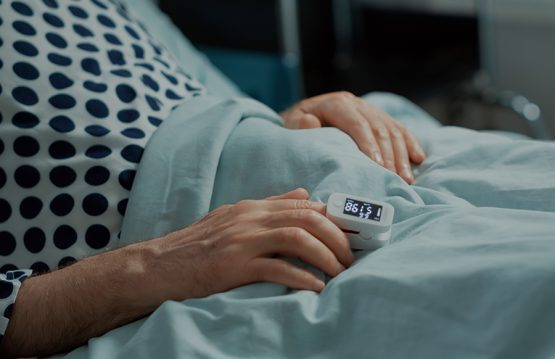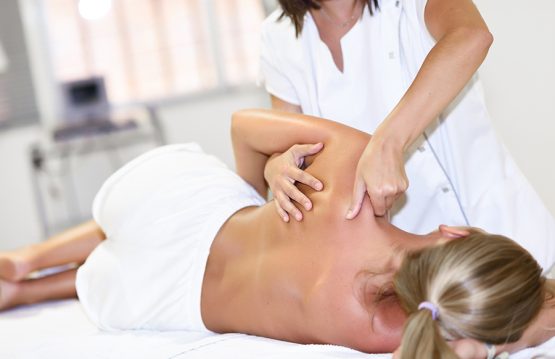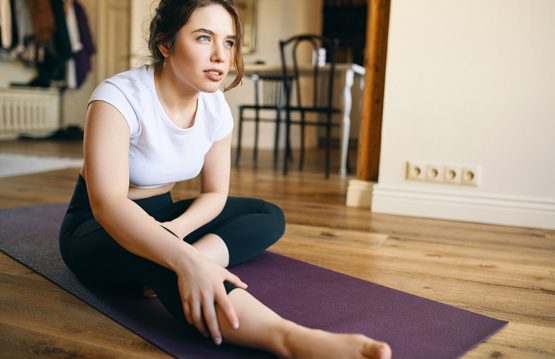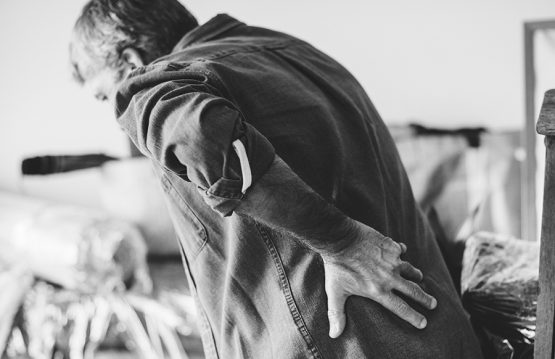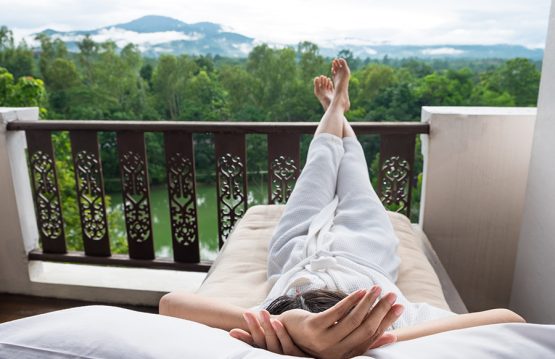When it comes to inflammation, a known cause of back pain, the phrase “you are what you eat” is true. There are foods that are known to reduce inflammation, but also foods that increase this risk.
Thus, when you have back pain, diet can help you get rid of them. You need to choose carefully the foods you eat so as to reduce these pains, but at the same time to have a healthy nutrition. Left uncontrolled, inflammation can cause all sorts of problems.
For those who go through daily pain due to arthritis, migraines or other chronic conditions, nature provides them with foods that can be helpful without side effects.
CONTENT:
Blueberries
These delicious fruits have countless phytonutrients that fight inflammation and relieve pain. Frozen blueberries have the same nutrients as fresh ones.
Blueberries are recommended in cases of indigestion, stomach pain, intestinal disorders and diarrhea. These fruits are also recommended against kidney stones, in case of seizures accompanied by severe pain.
Fresh blueberries should also be eaten in case of rheumatism or metabolic disorders. Other fruits high in antioxidants and polyphenols (including strawberries and oranges) can relieve pain.
Black cherries
A group of researchers at Johns Hopkins University in Baltimore found that cherry bioflavonoids, namely anthocyanins, the pigments that give cherries reddish-black hues, reduce joint pain and inflammation, following a mechanism very similar to that of the synthetic drug indomethacin. , having a similar intensity of action.
Also, a group of runners who drank black cherry juice seven days before the race and on the day of the race showed less muscle pain than those who drank other natural drinks or any juice. A serving of 20 cherries can alleviate joint pain, gastrointestinal discomfort, premenstrual symptoms, and other pain caused by inflammation.
Salmon
Salmon is without a doubt one of the healthiest types of fish you can eat. It is rich in lean protein as well as omega-3 fatty acids. Omega-3 fatty acids are good at promoting bone and tissue health. Salmon supports the health of the spine, reduces inflammation naturally, helping your body to relax.
Avocado
Avocado can help your spine health. It is rich in healthy fats that your body needs. It also has a large amount of fiber and potassium, all of which are beneficial for your body. It is a fatty food, so you should eat it in moderation. Because their natural flavor is not strong, they blend easily with a multitude of recipes.
Mint
Peppermint oil can relieve migraines, headaches, muscle aches and arthritis and even indigestion and bloating, symptoms that people with Irritable Bowel Syndrome (IBS) face.
In some studies, Brazilian mint tea (Hyptnis crenata) was as effective as a sedative. Mint has the ability to relieve headaches at least as well and quickly as painkillers like paracetamol.
Pepper
Hot peppers contain a substance called capsaicin that gives them speed, but also the extraordinary property of inhibiting the painful sensation. Capsaicin has anti-inflammatory and calming properties, which is why it is used in pain creams and patches.
Some studies claim that regular consumption of hot peppers can reduce and prevent inflammation in the body. Moreover, their speed tricks the brain into releasing endorphins, which reduce pain. Hot peppers can be used as a remedy for rheumatic or back pain.



